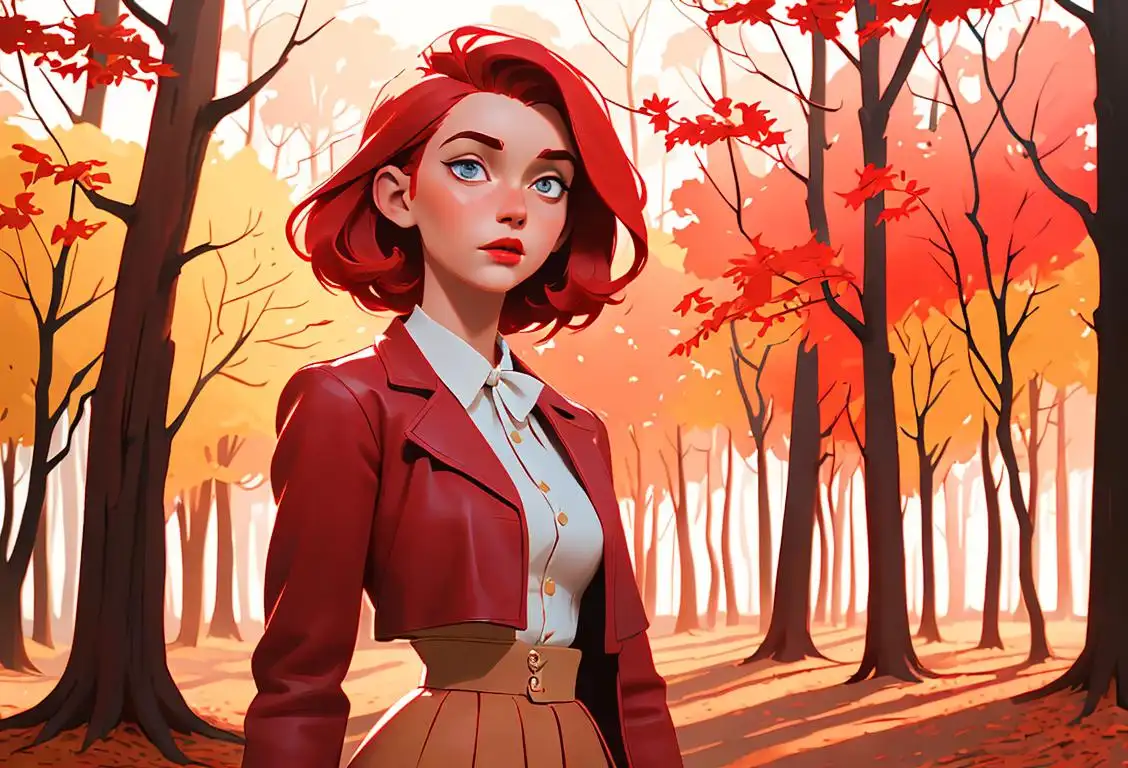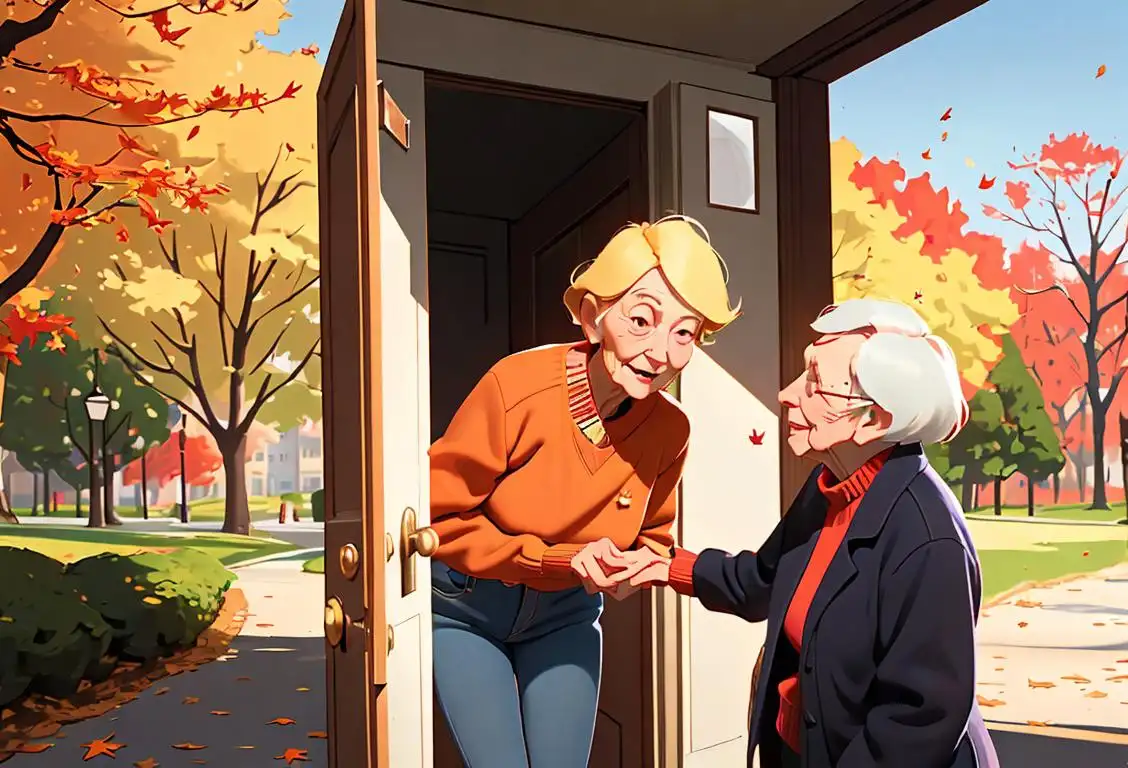National Twilight Day

Welcome to National Twilight Day! Get ready to enter a world where the sun bids adieu and the moon takes center stage. This magical day is all about celebrating the beauty and tranquility of twilight, that enchanting time between day and night when the sky turns into a mesmerizing canvas of colors. So grab your favorite celestial-themed snacks and let's dive into the fascinating history behind National Twilight Day!
When is Twilight Day?
It's national twilight day on the 5th October.
What is National Twilight Day?
National Twilight Day, observed on the 5th of October each year, is a special occasion dedicated to embracing the ethereal charm of twilight. This unique day allows us to appreciate the subtle transition from day to night and revel in the captivating beauty it brings.
The Internet History of National Twilight Day
Back in 2014, a group of twilight enthusiasts took to the online realm to spread their love for this peaceful time of day. They wanted to create a designated occasion where people could come together and admire the last blending of sunlight and darkness. The hashtag #NationalTwilightDay gained traction on social media, and since then, it's been an annual celebration cherished by twilight enthusiasts worldwide.
How to Celebrate
Celebrating National Twilight Day is all about immersing yourself in the calm and serene atmosphere of twilight. Here are a few ideas to make the most of this enchanting day:
- Watch a stunning sunset or sunrise: Find a picturesque location, sit back, and witness the sky transform into a true work of art.
- Organize a twilight-themed picnic: Gather your loved ones and enjoy some delicious snacks while marveling at the twilight sky.
- Take a moonlit stroll: Embrace the tranquility of twilight and take a relaxing walk under the moonlight.
Did You Know?
Did you know that during twilight, the colors of the sky are influenced by the scattering of sunlight in the atmosphere? This phenomenon is what gives twilight its captivating palette of hues, from vibrant oranges and pinks to soothing purples and blues.
History behind the term 'Twilight'
1382
The Origins of Twilight
The term 'twilight' originates from the Old English word 'twi-' meaning 'half' and 'light'. It referred to the period of time between daylight and darkness, where the sun was below the horizon but its residual light still illuminated the sky. This concept had been recognized since ancient times, with civilizations using various terms to describe this transitional period.
1551
Early Usage in Literature
The term 'twilight' began to gain prominence in literature during the Elizabethan era. It was used by English playwrights such as Christopher Marlowe and William Shakespeare to evoke a sense of mystery and ambiguity. In their works, twilight often symbolized a liminal state where supernatural beings and magical occurrences were more likely to take place.
1812
Twilight as a Scientific Phenomenon
In 1812, French astronomer Jean-Baptiste Biot introduced the scientific definition of twilight. He divided the period between sunset and complete darkness into three distinct phases: civil twilight, nautical twilight, and astronomical twilight. Civil twilight refers to the time when there is still enough light for most outdoor activities without artificial lighting.
1935
Twilight in Popular Culture
The term 'twilight' gained further cultural significance through popular culture. In 1935, American author Stephenie Meyer published the first book in her Twilight series, which became a global phenomenon. The series focused on the romantic relationship between a human and a vampire, captivating millions of readers and spawning a successful movie franchise, bringing the term 'twilight' back into the forefront of popular vernacular.
2021
Twilight in Modern Language
Today, the term 'twilight' continues to be used to describe the period between daylight and darkness, as well as metaphorically to convey the notion of a transitional or uncertain state. It has become a popular concept in discussions of life stages, relationships, and societal changes, symbolizing the space between what was and what will be.
Did you know?
Did you know that during twilight, the colors of the sky are influenced by the scattering of sunlight in the atmosphere?Tagged
romance fun loved onesFirst identified
5th October 2020Most mentioned on
5th October 2020Total mentions
23Other days
Love Your Red Hair Day
Do Something Nice Day
Suicide Prevention Month Day
Kissing Fried Chicken Day
Kiss A Ginger Day
Iloveyou Day
Compliment Day
Happiness Day
Tv On The Same Day
Boyf Day









